As cloud computing grows more integral to business operations, cloud-based artificial intelligence (AI) platforms and software supply chains have become increasingly essential and vulnerable. Cloud-native malware is also emerging as a formidable threat. Understanding these risks and employing effective security strategies are vital for organizations to secure their data and maintain regulatory compliance. This article will explore the most significant cloud security threats in 2024, focusing on attacks on cloud-based AI, software supply chain risks, and cloud-native malware.
1. Attacks on Cloud-Based AI Platforms
AI platforms in the cloud are transforming business operations across industries, providing scalable computing power for advanced analytics, machine learning, and deep learning applications. However, as these platforms gain popularity, they become lucrative targets for cybercriminals. Nearly half (49%) of the general population is already using generative AI according to a Salesforce report, with 34% engaging with it daily. This widespread adoption is mirrored in businesses, with a McKinsey Global Survey finding that one-third of respondents’ organisations have incorporated generative AI into at least one function. Notably, this translates to a significant 60% of organisations already using AI actively leveraging generative AI capabilities.
Threats:
Model Poisoning: Attackers manipulate training data to compromise AI model predictions.
Adversarial Attacks: Maliciously designed inputs can trick AI models into making erroneous predictions.
Model Theft: Attackers clone or steal models to misuse them for unauthorised purposes.
Example:
In 2024, a financial institution relying on cloud-based AI for fraud detection experienced a model poisoning attack. The attackers introduced false data to skew the model’s predictions, leading to financial losses as genuine transactions were flagged and fraudulent ones went undetected.
Mitigating attacks on cloud-based AI platforms requires a multi-layered security approach:
Data Integrity Checks: Ensure training and input data are clean and validated to prevent poisoning attacks.
Access Control: Implement strong identity and access management to limit who can access sensitive models.
Model Monitoring: Monitor models for unusual predictions that could indicate adversarial manipulation.
Encryption: Encrypt sensitive data at rest and in transit.
Regular Security Audits: Conduct frequent security assessments to identify and patch vulnerabilities.
2. Software Supply Chain Risks
The modern software supply chain involves multiple third-party components and services, each presenting potential vulnerabilities. Cybercriminals target software dependencies, libraries, and even development tools to infiltrate organization’s cloud environments. 61% of U.S. companies have been impacted by a software supply chain attack over 12 months in 2022-2023, according to a Capterra report.
Threats:
Compromised Updates: Attackers inject malicious code into software updates.
Dependency Vulnerabilities: Third-party libraries and plugins can have exploitable vulnerabilities.
Source Code Tampering: Unauthorized changes to source code can introduce backdoors.
Example:
In a well-known supply chain attack, SolarWind’s Orion software update was compromised, allowing attackers to access the networks of thousands of organizations globally. The attackers exploited this foothold to exfiltrate sensitive data and further infiltrate victims’ cloud environments.
Mitigating software supply chain risks involves several key practices:
Software Bill of Materials (SBOM): Maintain a comprehensive inventory of all software components and dependencies used.
Vendor Security Assessments: Perform thorough audits of third-party vendors to verify their security standards.
Code Review: Conduct rigorous code reviews to detect and eliminate vulnerabilities.
Digital Signing: Use digital signatures for software packages to confirm integrity and authenticity.
Monitoring and Logging: Monitor for suspicious behavior or software changes that might indicate tampering.
Update Policies: Apply strict policies for timely updates and patching.
3. Cloud-Native Malware
Cloud-native malware is designed to exploit the unique architecture and tools of cloud environments, making it particularly challenging to detect and eliminate. According to Gartner, 65% of application workloads will be optimal or ready for cloud delivery by 2027, up from 45% in 2022.
Threats:
Container Escape: Malware can escape from a compromised container to gain access to the host system.
Serverless Exploits: Functions as a Service (FaaS) platforms can be exploited to run unauthorized code.
Lateral Movement: Malware can move laterally across interconnected services to compromise sensitive data.
Example:
A logistics company faced a cloud-native malware attack that exploited an insecure API to gain access to their serverless environment. The malware moved laterally to other cloud services, stealing data and using the compromised infrastructure for crypto jacking.
Mitigating cloud-native malware requires a comprehensive security approach:
Network Segmentation: Segment networks to contain potential malware movement.
API Security: Secure APIs with strong authentication and encryption to prevent unauthorized access.
Container Security: Ensure container images come from trusted sources, and use scanning tools to detect vulnerabilities.
Monitoring and Logging: Implement comprehensive logging and monitoring to identify unusual activities.
Access Management: Enforce the principle of least privilege to minimize the impact of compromised credentials.
Patch Management: Regularly update and patch software dependencies.
About Cy5 Cloud Security Platform
The Cy5 cloud security platform mitigates cloud security threats through various features. It provides instant exposure assessment and continuous monitoring with over 500 checks, ensuring comprehensive visibility into security issues. The platform includes a Cloud Security Posture Management (CSPM) feature for real-time monitoring and compliance, as well as a Cloud Native Security Information and Event Management (SIEM) system for threat detection and response. Cy5 also offers quick integration and scales effortlessly with cloud environments, making it a robust solution for handling cloud security challenges.
Conclusion
Cloud security threats in 2024 are becoming increasingly sophisticated. However, with proactive security measures, regular monitoring, and strong access controls, companies can minimize these risks and secure their cloud environments effectively. Cy5 offers a cloud-native security platform that integrates with public cloud deployments, such as AWS, GCP and Azure. By implementing a comprehensive cloud security strategy that addresses people, processes, and technology, organizations can ensure the security of their cloud environments – Request a Demo.

